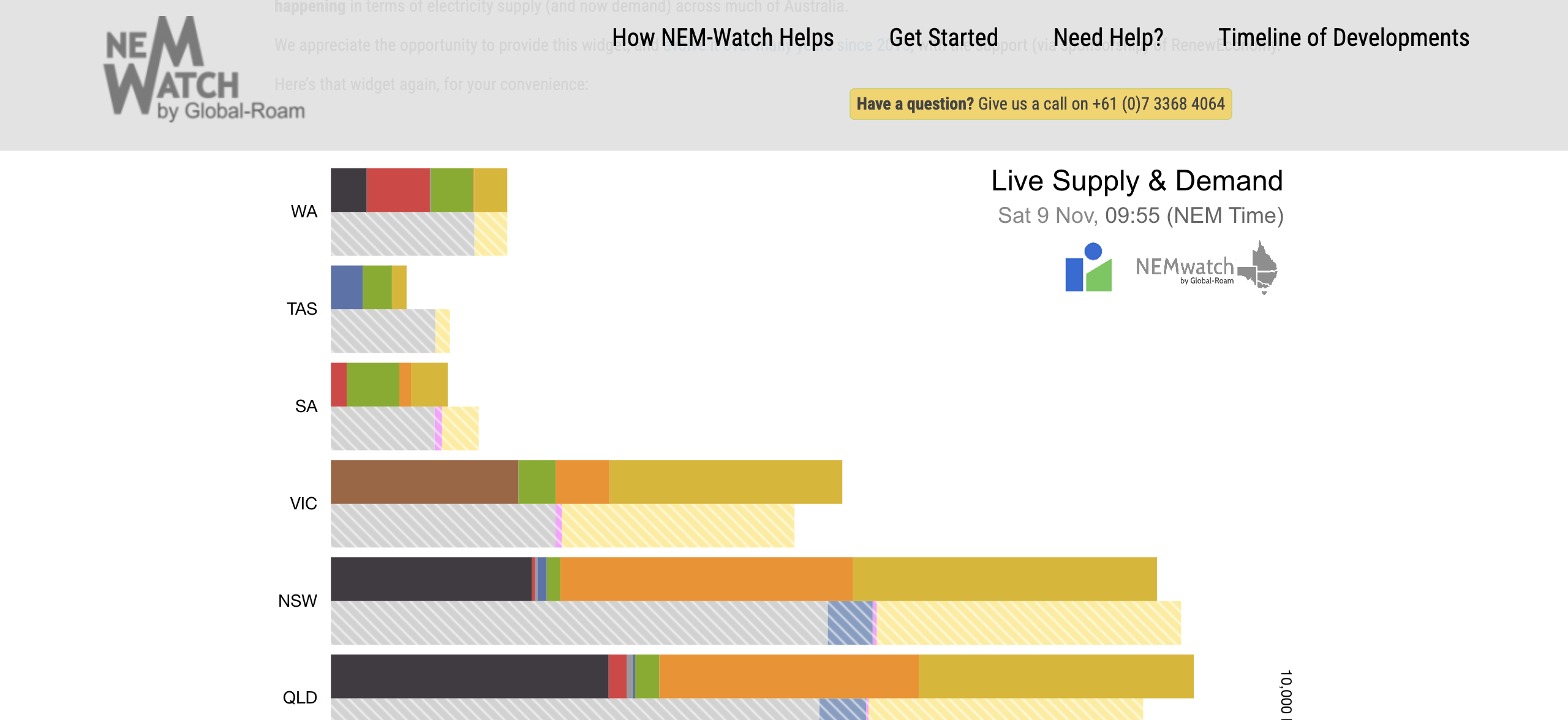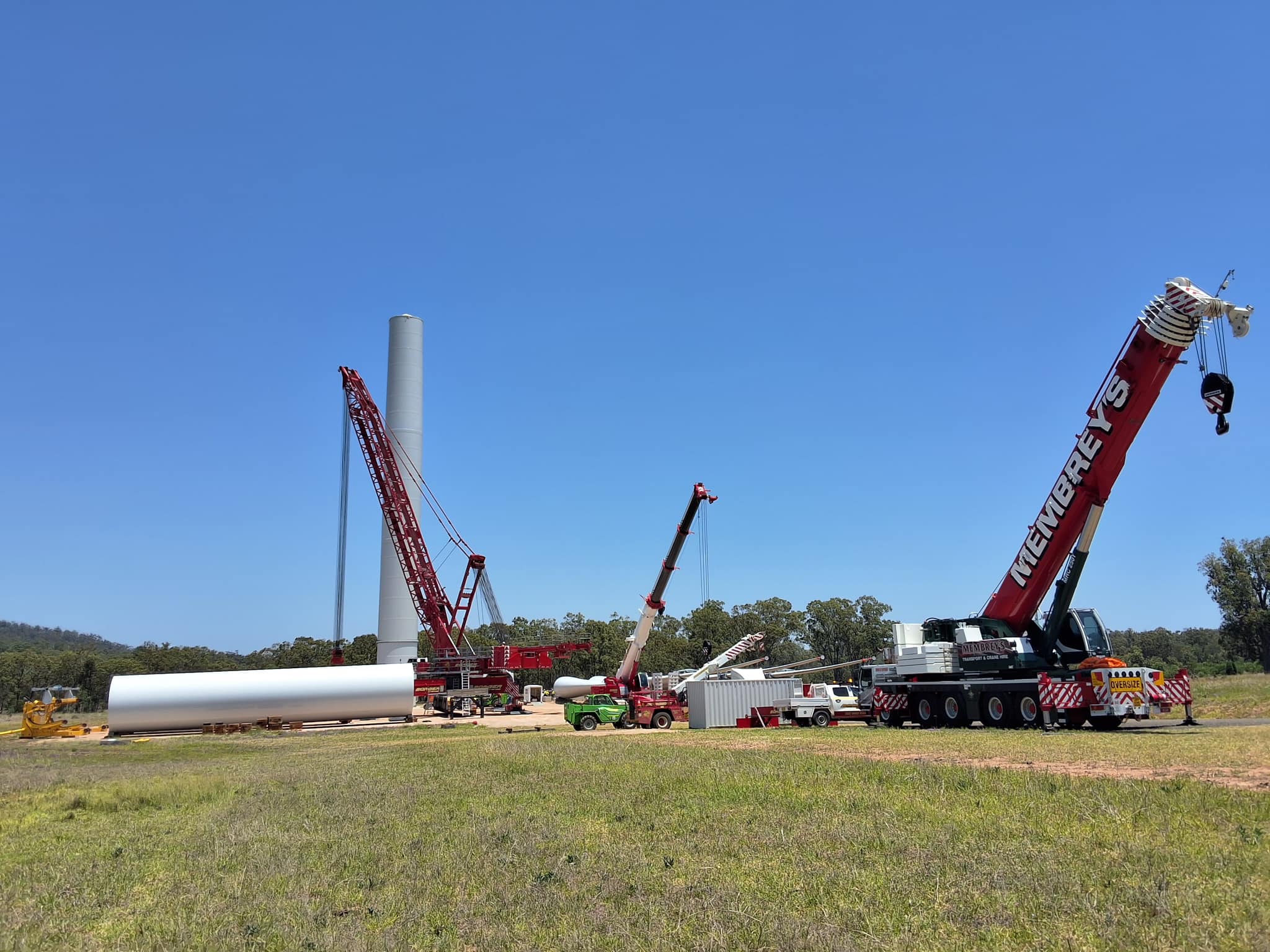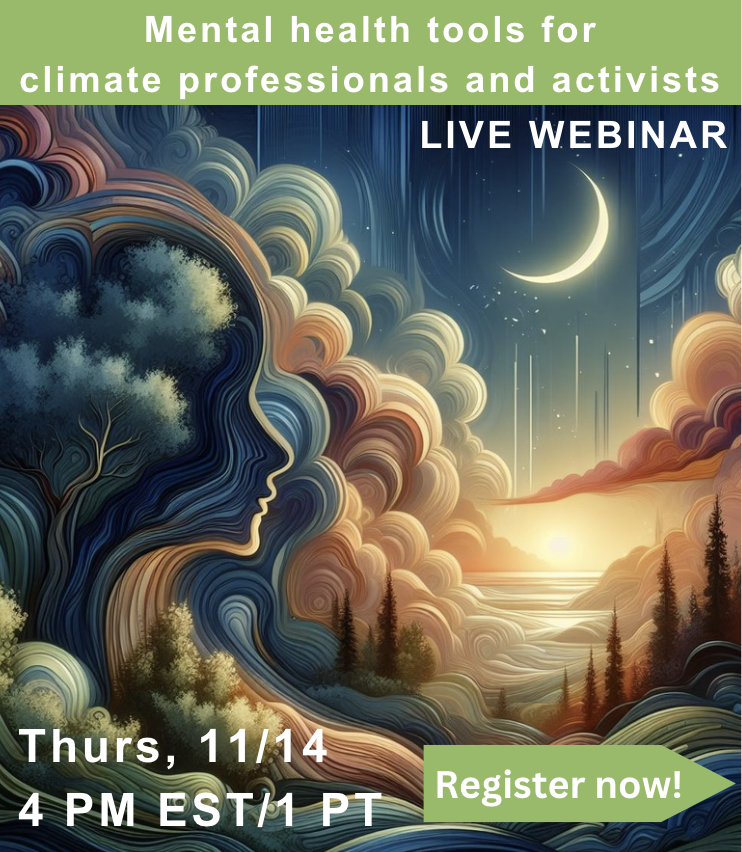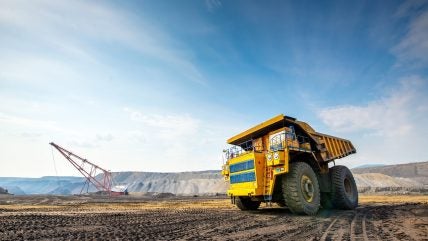Sign up for daily news updates from CleanTechnica on email. Or follow us on Google News!
As I sit at my computer tapping out this article, the sun is shining in beautiful Brisbane, capital of Queensland, Australia. We are moving into summer and the sun is up long before I am. When I awake, the house battery is filling up and charging the car. Soon, the pool pump will kick in and also be run by the house battery. The downside is that we are now running air conditioning day and night as temperatures and humidity both rise. The upside is that we don’t pay anything for it. All our energy needs are met by rooftop solar. Not bragging, just letting my readers know what is possible.
Like our American cousins, we have just had an election and Queenslanders have elected a more right-wing government. Although the incoming conservative Liberal National Party announced that it would keep the previous government’s interim targets on renewable energy heading towards net zero by 2050, it has now reneged. 2050 still remains as a destination target, but there are no interim targets, and therefore no coherent plan. Just watching what is happening around us leads me to believe we will achieve that target long before the due date no matter what political path is pursued.
However, bumps in the road persist. One of the first actions of the newly elected state government was to cancel the previous government’s ambitious pumped hydro project. “The Pioneer-Burdekin Pumped Hydro project would have been the largest renewables project of its kind in the world, and was selected due to its favourable topography and proximity to high-quality wind and solar generation sources in the Central and Northern Queensland Renewable Energy Zones.”
Cost blowouts were blamed and the new government claims it will enact a group of smaller projects. Though, these have not been identified. As battery prices fall at an ever increasing rate, pumped hydro may well go the way of green hydrogen.
Back to my sunny morning discourse: at present, according to the NEM Watch widget, solar and wind are supplying upwards of 70% of Queensland’s electricity. Remember, this is a live feed. The rest of the power is coming from black coal and a little gas. Queensland’s main export is coal!

Indeed, there is so much renewable energy news coming across my desktop, it’s hard to choose what to write about — perhaps a summary with links would be the best way to do so. Those who want more detail can follow the links.
Let’s start close to home. Just three days ago, Tesla Megapacks started to arrive at the former Swanbank coal mine and power station in Ipswich (30 km from Brisbane). My daughter lives in the area and thought it was the noise of low flying planes, but couldn’t see any, then she saw the Megapacks on the news. By mid-next year, Yurika in collaboration CleanCo will have installed 138 Tesla Megapacks. The Swanbank Clean Energy Hub will have a 250 MW/500MWh BESS.
No wonder it sounds like rumbling thunder or low-flying planes — 5 shipping container sized Tesla BESS megapacks are being delivered each morning and another five each afternoon. Costing AUD$330 million, the BESS will help manage the grid, as it can respond in milliseconds to energy market demands. The area has gone from a coal mine to a power station to a dump and now to a clean energy hub. What an evolution.
A little further away, about 300 km west of Brisbane, the Wambo Wind Farm is taking shape. The first stage of 42 turbines is expected to be commercial by mid 2025 and will contribute 252 MW of power capacity to Queensland’s grid. Stage 2 will provide an additional 254 MW from 41 wind turbines. That’s another half a gigawatt from wind! Enough to power 312,000 Queensland homes.
The Vesta wind turbines are the tallest to be installed in Australia so far, with a tip height of 247 metres. That’s quite an erection! They are being transported from the Port of Brisbane to site six nights a week between 10pm and 7am. The website even gives a route map. Part of this route will be the same as the vehicles delivering the BESS to Ipswich. Looks like the thunder will be going day and night for Ipswich residents.
Like the 2 gigawatt Macintyre Wind Farm project, the joint owners of Wambo Wind Farm Stanwell and Cubico have built social licence by providing funding of up to $200,000 to support local community groups.

Andrew Forrest’s Squadron Energy has installed turbine number 50 at the Clarke Creek Wind Farm. That’s halfway to completion. Clarke Creek is 150 km northwest of Rockhampton and over 800 km from Brisbane. These turbines will not be trucked through Ipswich — that should be some relief for local residents. On completion, the 450MW wind farm should produce enough electricity to power around 330,000 homes and avoid 738,000 tonnes of CO2 per year.
According to Squadron, Clarke Creek is already generating clean energy. Stanwell Corporation (owned by the Queensland government) has a 15-year PPA (Power Purchase Agreement) with Clarke Creek Wind Farm. “After helping to turn the sod, kicking off construction two years ago, it’s great to be back at Clarke Creek Wind Farm to celebrate this milestone moment with Squadron Energy. Once operational and over the next 15 years, Stanwell will purchase more than 75 per cent of the clean energy generated from the first stage of the Clarke Creek Wind Farm to provide to our customers. This agreement ensures Stanwell continues to build our renewable generation portfolio as we renew our energy portfolio,” said Stanwell CEO Michael O’Rourke, heralding this significant step towards Queensland’s clean energy future.
The Australian Energy Market Operator (AEMO) tells us that, nationally, a peak renewable record was “set on 9 September, when renewable sources supplied 72.2% of total National Electricity Market (NEM) generation. In this interval rooftop solar led the way with 38.5% of total generation, with grid-scale solar contributing 18.3% and wind contributing 13.4%.” Don’t expect this record to last long.
AEMO Executive General Manager Reform Delivery Violette Mouchaileh said: “It is promising to see Australia’s energy transition continue with more renewable generation capacity either coming online or progressing. AEMO is preparing the grid to run on 100% renewable generation at any one point in time, and this quarter saw total renewable generation available at over 100% of demand on two occasions.”
The future is looking bright, renewable, and electric. Just the projects listed above will add the potential of another gigawatt of wind generation in Queensland, and they are just a sample in one state. Watch this space!

Chip in a few dollars a month to help support independent cleantech coverage that helps to accelerate the cleantech revolution!
Have a tip for CleanTechnica? Want to advertise? Want to suggest a guest for our CleanTech Talk podcast? Contact us here.
Sign up for our daily newsletter for 15 new cleantech stories a day. Or sign up for our weekly one if daily is too frequent.
CleanTechnica uses affiliate links. See our policy here.
CleanTechnica’s Comment Policy



